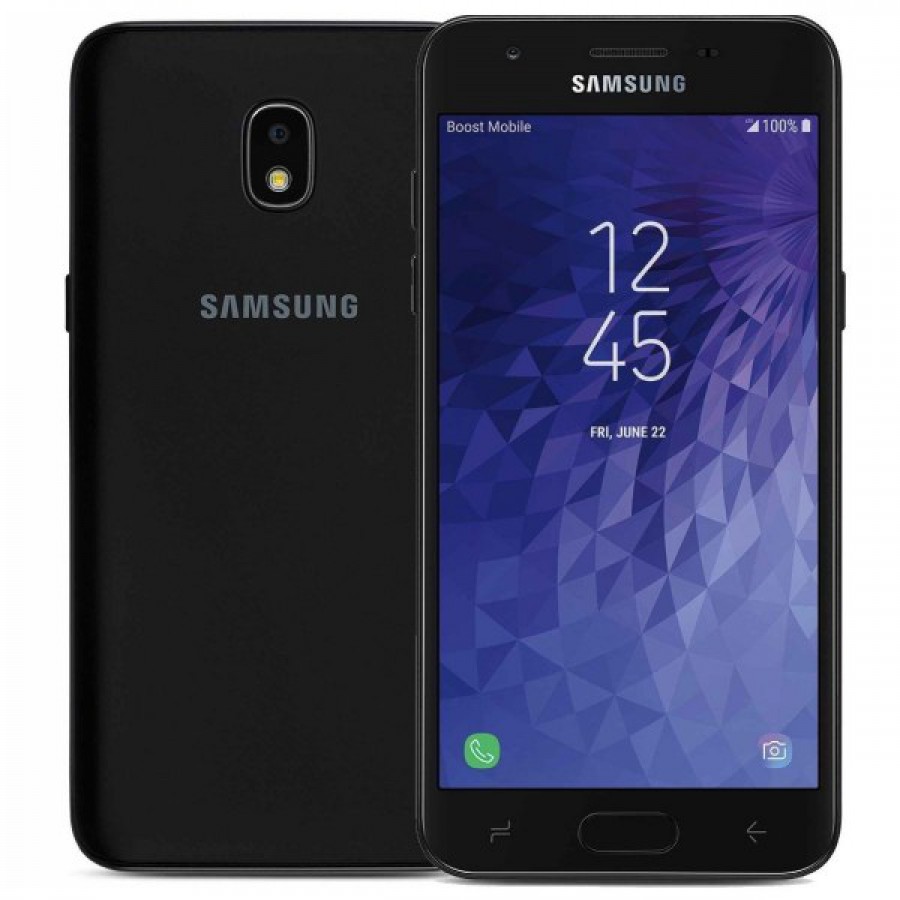Table of Content
But there's no reason to exclude them from the design if you're choosing to include volume and playback controls. And hey, if we're being pie in the sky, it would have been great to enhance Google's voice options with direct streaming from Tidal or another lossless audio service. Supported audio streaming file formats include HE-AAC, LC-AAC+, MP3, Vorbis, WAV, FLAC, and Opus. You'll want to use Chromecast over Wi-Fi, if possible, for the best audio quality, as the speaker doesn't list native support for AptX over Bluetooth.
There is an AUX jack to plug in other devices and six far-field microphones for hotword detection. There is an AUX jack to plug in other devices and six far-field microphones for “Hey Google” detection. On the spec front, there’s a 2-inch driver + dual 2-inch passive radiators with two microphone array that’s always listening for the hotword. It connects over Wi-Fi with Bluetooth 4.1 also available for pairing to other speakers. Drawing physical comparisons to an air freshener, the Google Home is comprised of a slanted top surface that doubles as a control surface for volume, play/pause, and invoking the Google Assistant.
Discover the latest from Google Home.
The drums sound full, rich, and round—neither overly boosted nor weak. Callahan's baritone vocals get an ideal low-mid presence as well, highlighting their richness, while the high-mids are dialed in to deliver some crisp treble edge to the vocals, guitar strums, and higher-register percussive hits. Purists won't be thrilled with the bass boosting and sculpting in the highs that goes into making this sound signature, but most listeners will enjoy the full, clear sound. We'd like to have seen track navigation controls onboard—you'll be skipping tracks either on your phone itself or with the power of your voice and Google Assistant.

Now marked down to $179 consistently , it is hard to recommend any other speakers at this point. Sure, you could get a pair of Nest Audio speakers for almost the same money, but I promise you even a stereo pairing of those fantastic speakers pales in comparison to the Google Home Max’s massive sound stage. Several audio-centric reviewers found the stereo sound provided by two linked Nest Audio speakers to significantly improve overall sound reproduction when compared to previous offerings. And, to state the more or less obvious, it blows away the audio performance offered by the smaller Google Home speaker, though that speaker offers some decent bass depth for its size. If Google Assistant is a priority and solid audio performance is also high on the list, you won't be disappointed with the Home Max. A silicone rubber base ships with the Home Max, and can be placed beneath it to keep it from dancing across tabletops.
Google Nest Thermostat E
When sub-bass moments occasionally occur in the mix, the speakers deliver them with full-bodied presence that doesn't compete with the highs for the spotlight. Again, the louder you pump the volume, the thinner the bass gets, but at fairly high listening levels, the bass depth is still impressive. The vocals are delivered with solid clarity and without much added sibilance. Bill Callahan's "Drover," a track with less deep bass in the mix, gives us a better sense of the Home Max's overall sound signature. The drums on this track can sound overly thunderous on speakers that boost the bass too much, but through the Home Max, you get lovely bass depth.

The same base, which resembles a gray pancake with a Google G at its center, can be placed on the right side panel, and the speaker can be flipped vertically. If you're using only a single Home Max speaker, you should use it horizontally. The Google Home Max is the first smart speaker we've seen with serious audio performance. Google’s smart speaker lineup is currently comprised of four devices, with the latest being the Nest Mini from October 2019. The original Google Home today is “no longer available” from the US Google Store in a possible end for the nearly four-year-old Assistant device.
Google Home Max back in stock?
Since 1982, PCMag has tested and rated thousands of products to help you make better buying decisions.See how we test. Even though I'm a freelancer now, PCMag has been my home for well over a decade, and audio gear reviews are still my primary focus. Prior to my career in reviewing tech, I worked as an audio engineer—my love of recording audio eventually led me to writing about audio gear.

Meanwhile, the “Coral” fabric Base is “out of stock,” but the two metal variants remain available. The writing has been on the wall for quite some time, but as of today – reported by 9to5 Google – our favorite speaker in the office is no longer for sale. This isn’t a big price reduction, out of stock alert, or future warning from Google. This time around, the Google Home Max is finally gone for good, and my hopes for a proper replacement may be gone as well. It can be placed vertically or horizontally, while it supports stereo configuration if you have a pair.
Honest, Objective, Lab-Tested Reviews
In these days of planned obsolescence, discontinuing a product line usually means support for the device is limited to only a few more years. Those who may have only picked up a Home Max this year might be worried that their purchase may soon be ignored. However, Google says that it has no plans to stop providing updates and support for the device. For months now, the Google Home Max has gone on sale, off of sale, had a permanent price reduction, gone on sale again, and then returned to in-stock status as the year wound to a close. With a full-blown return to the Google Store, I thought perhaps this excellent speaker was going to just hang around for a while longer. After all, if you are Google and trying to just sell through your remaining stock, why lift the awesome sale they had going?

Where you can find devices available for purchase on the Google Store. Meanwhile, the bottom was a “Base” that magnetically attached and could be swapped out. Available in fabric or metal, it was a nifty way to customize your Google Home, though the concept never really took off.
That said, not a lot of people can hear the difference between the default SBC codec and AptX, but if you're one of them, stick with Chromecast. Adjusting the volume is done using the touch-sensitive surface that runs lengthwise along the speaker's top panel—slide your finger left to lower or right to raise volume. These levels work in conjunction with your mobile device's master levels when you are connected via Bluetooth.
Google this month committed to providing continued software updates. In mid-December, Google said that the device was no longer being manufactured and inventory was depleted at its official store. Third-party retailers continue to sell it, with Google likely finding new supply today.
The speaker utilizes an array of six far-field mics to pick up your voice commands from a distance. Recently discounted to $99, the US Google Store has likely depleted its original Home inventory, and is no longer getting new stock. The UK Google Store is still selling the device, while there’s a waitlist in Canada. With Google Home, your Nest and Matter devices work together reliably to help with your household needs.
So let's say the built-in Google Assistant functionality is worth about $50 of the $400 price tag—that would mean the Home Max should sound as good as a $350 speaker, right? Compared with some of our favorite standard wireless speakers in this price range, like the Klipsch The Three and the JBL Boombox, the Home Max is most definitely a competitor. From a purely audio-based standpoint, the Boombox is the winner in terms of volume and bass depth, while the Klipsch model delivers the most refined audio of the bunch. But in terms of clarity, power, and bass depth, the Home Max delivers an excellent listening experience that can hang in the same league as these speakers, which is especially impressive when you factor in the voice control. As far as smart speakers go, the top competitor for the Google Home Max right now is JBL's Link system, especially the Link 500 ($399.95), which we are in the process of reviewing. The Link system has four different speaker options, all with Google Assistant.
I have one nest audio in a 12x10 bedroom and it fills the room with sound at ~70% volume. In my opinion, definitely go with one nest audio for a start as mine fills the room and I have it close to the wall to amplify the bass. We fully expect Google to sell through this final stock and then put the oh-so-excellent Google Home Max out to pasture, so if you’ve ever considered one, you should jump on this deal while you can.

When the new Nest Audio speaker was announced in September 2020, the audio upgrade provided by custom speaker drivers was one of the main talking points. A single Nest Audio speaker looked to give a good enough room-filling sound for most uses. PCMag.com is a leading authority on technology, delivering lab-based, independent reviews of the latest products and services. Our expert industry analysis and practical solutions help you make better buying decisions and get more from technology.

No comments:
Post a Comment